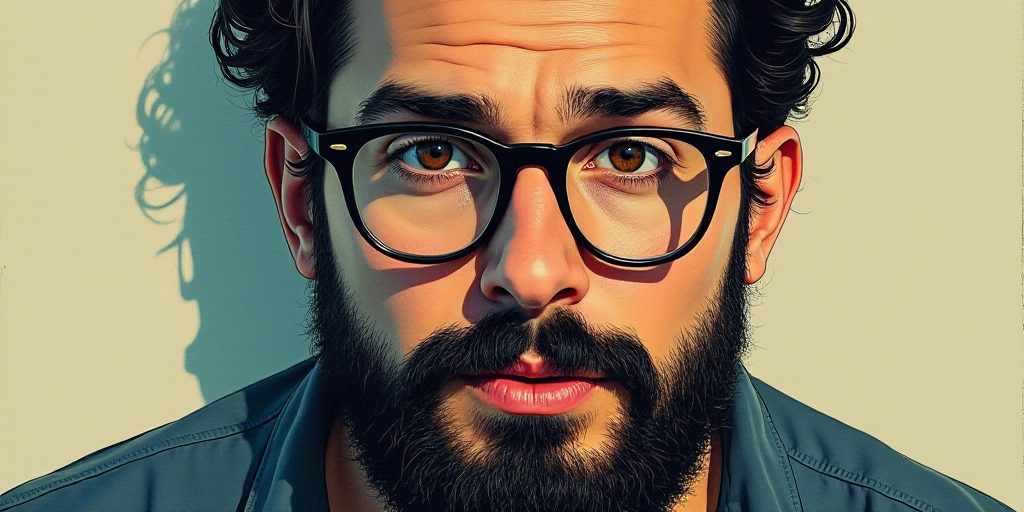Market Volatility on May 21st Highlights Fragile Investor Confidence
On May 21st, financial markets experienced another round of turbulence, reminding everyone how fragile investor confidence can be during times of economic uncertainty. Wall Street suffered significant losses: the Dow Jones dropped more than 2%, while the Nasdaq fell nearly 3%. European markets also followed suit, with indices like the German DAX and French CAC registering similar declines, reflecting a global wave of concern.
Weak 20-Year US Treasury Bond Auction Sparks Concern
The catalyst for this market upheaval was a particularly weak auction of 20-year US Treasury bonds, with the yield surpassing a symbolic level of 5%. This has not been seen in decades, signaling growing doubts about the US government’s ability to manage its massive public debt.
Understanding the Bond Auction Mechanism
The bond auction process explains the gravity of this situation. When the US Treasury issues bonds, it invites investors to submit bids based on the interest rate they demand for purchasing these securities. If there’s strong demand, the required rate will be relatively low, indicating confidence in the country’s fiscal sustainability. However, when demand weakens—as it did this time—the government must accept much higher rates to sell its debt, revealing growing skepticism about the US’s capacity to handle its colossal public debt.
Quantitative Easing: A Tool with Controversies
This episode brings quantitative easing (QE) back into the spotlight, a tool that seemed relegated to recent history. Since the 2008 financial crisis, the Federal Reserve (Fed) has employed QE by purchasing massive amounts of bonds to inject liquidity, lower long-term interest rates, and stimulate economic recovery. QE played a crucial role in stabilizing markets after the Lehman Brothers collapse and during the COVID-19 pandemic, helping navigate through the worst of the health and economic crises.
However, QE is not without controversy. Supporters argue that without this extraordinary intervention, economic crises would have been far more severe and prolonged, causing structural damage difficult to repair. Critics, on the other hand, warn that massive liquidity creation distorts financial markets, inflates asset prices, and encourages irresponsible speculation. They also claim that QE indirectly facilitates continuous public debt issuance, eroding fiscal discipline and creating perverse incentives for governments preferring to borrow rather than implement necessary reforms.
Risks and Challenges of Returning to QE
With inflation still far from the Fed’s 2% target, returning to QE would involve assuming significant risks, especially the possibility of exacerbating inflation and undermining the credibility of the US Federal Reserve. However, staying on the sidelines is not straightforward either; the risk of a widespread financial crisis remains real and could force the Fed to intervene eventually.
The Fundamental Question: Sustainable Fiscal Path
The core question has persisted for decades, though rarely discussed openly in Washington: how long can the US maintain its current trajectory of chronic debt, funded by increasingly fragile market confidence? The recent 20-year bond auction turmoil might be the first serious indication that investors are beginning to doubt.
Key Questions and Answers
- What caused the market volatility on May 21st? A weak auction of 20-year US Treasury bonds, with yields surpassing the symbolic 5% level, sparked concern about the US government’s ability to manage its public debt.
- What is quantitative easing (QE)? QE is a monetary policy tool where the central bank purchases government securities from the market to inject liquidity, lower interest rates, and stimulate economic growth.
- What are the arguments for and against QE? Supporters argue that QE prevents severe economic crises and helps stabilize markets. Critics claim that QE distorts financial markets, encourages irresponsible speculation, and erodes fiscal discipline.
- What risks does returning to QE pose? With inflation still below the Fed’s target, returning to QE could exacerbate inflation and undermine central bank credibility. However, not intervening could lead to a broader financial crisis.
- What is the fundamental question regarding US fiscal policy? The core issue is how long the US can sustain its chronic debt trajectory, funded by increasingly fragile market confidence.






